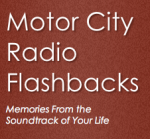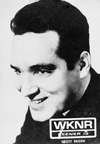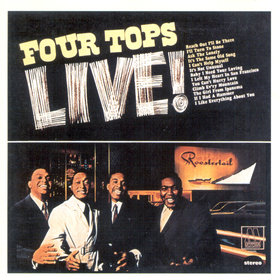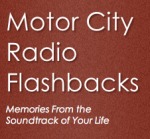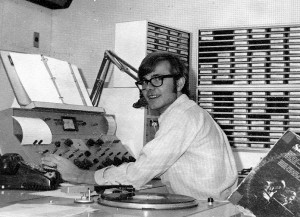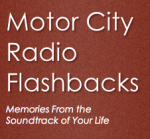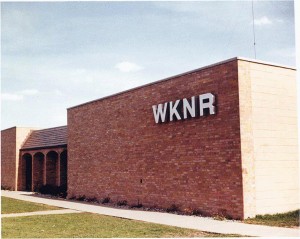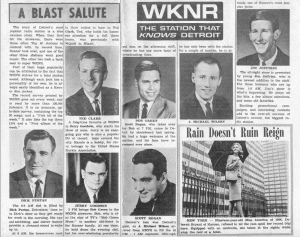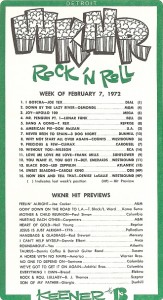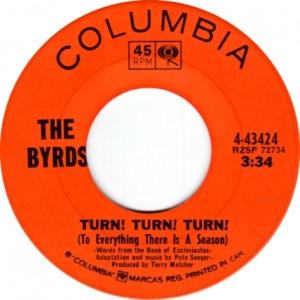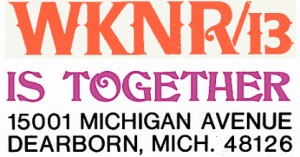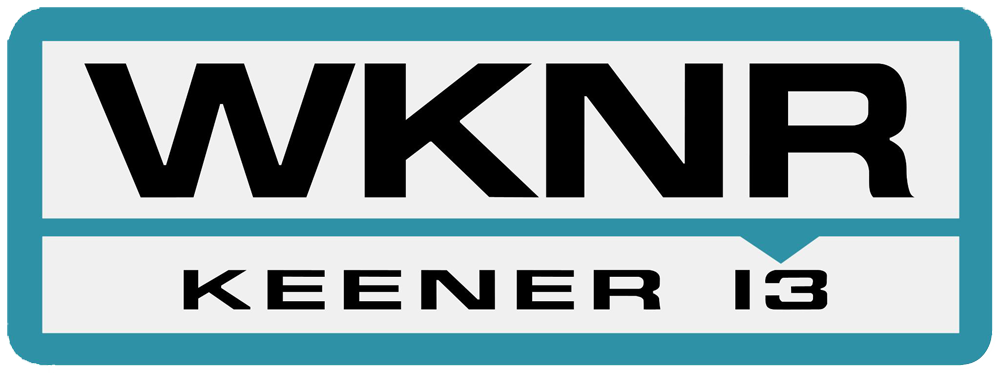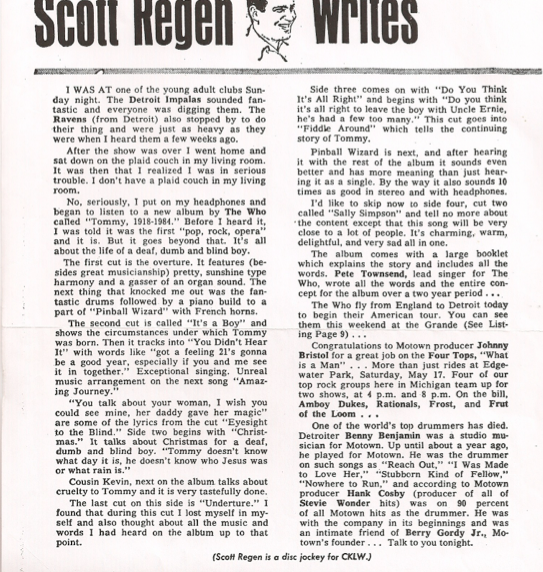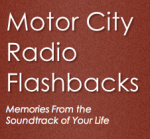 From the MCRFB news archive: 1966
From the MCRFB news archive: 1966
WKNR KEEPS SINGLES TITLE
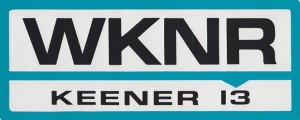 From the MCRFB Aircheck Library, featuring:
From the MCRFB Aircheck Library, featuring:
WKNR 1966: WKNR-AM – Bob Green – 1966
WKNR 1967: WKNR-AM – Scott Regen – 1967
WKNR 1967: WKNR-AM – Dick Purtan – 1967
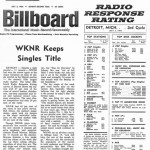
DETROIT — Despite a tight playlist — 31 records — WKNR has won the crown again as the major influence on sales on single records in the Detroit market — the nation’s fifth largest radio market. The latest Billboard Radio Response Rating survey shows the station with 47 per cent of the votes from record dealers, distributors, one-stop operators and local and national record executives. The next closet competitor has only 29 per cent of the votes.
WKNR had 44 percent of the votes in last year’s survey. Bob Green, the station’s major deejay, again took top honors as the major individual influence on the teen market with 30 percent of the votes.
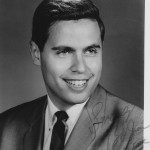
Though WKNR plays comparatively few records over-all, the new records it exposes get extra emphasis, said program director Frank Maruca. Besides the 31 records on the playlist, Maruca features a key single and key album of the week and the top three selling albums, regardless of what they are. The key single and album, however, are brand new records Maruca feels will make the best seller charts.
Last week, the key single was “Friday’s Child” by Nancy Sinatra. Normally, the key single is by established artists, but “Day For Decision” by Johnny Sea was “out of left field. I even broke our rule and put it out (on the playlist) in the middle of the week and normally I would never do that except with the Beatles or the Supremes.”
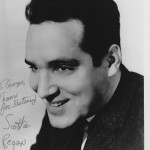
The key single of the week gets heavy airplay on the station. But, basically, Maruca believes that the tight playlist is the answer in today’s Hot 100 format radio. But, one thing for sure, the music is getting better,” he said. “The record buyers are becoming more selective and the music has to be much better than three or four years ago. When Frank Sinatra makes No. 1, like he is on our playlist now, that’s something to write home about. Too, the groups are turning out songs now with a melody. . . . the day of hard raucous songs are gone.” He said he thought teen-aimed music would continue to grow and improve.
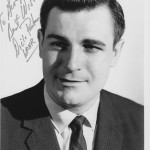
WKNR set an all-time record in billings June 13, “and still have the rest of the month to go,” Maruca said. He attributed the popularity of the station in both audience and billings to personalities like Bob Green, who’s “an excellent straight personality with a quiet approach, Scott Regen, who’s become associated with top name artists, and Dick Purtan, who uses a lot of humor.” END
Addendum: Here’s the Radio Response Rating for WKNR in Detroit according to the Billboard Magazine July 2, 1966 edition:
* Top Stations (Pop Singles):
1. WKNR AM-FM 47% 2. CKLW AM – FM 29% 3. WXYZ AM – FM 24%
* Top Disk Jockeys (Pop Singles):
1. Bob Green, WKNR; 30% 2. Tom Shannon, CKLW; 20% 3. Scott Regen, WKNR; 15%
All Others: Lee Alan, WXYZ; Dave Prince, WXYZ; Joey Reynolds, WXYZ; Dave Shafer, CKLW; Duke Windsor, CKLW.
* Top Jockeys (Pop Singles) By Time Slot (Detroit Market):
Morning — Dick Purtan, WKNR; Mid-Morning — Ted Clark, WKNR; Early-Afternoon — Jerry Goodwin, WKNR; Traffic Man — Bob Green, WKNR; Early-Evening — Scott Regen, WKNR; Evening — J. Michael Wilson, WKNR; All Nite — Jim Jeffries, WKNR.
* Music Director, Program Director, Or Librarian (Most Influential In Exposing Records):
Paul Cannon, Assistant Program Director, WKNR; Hugh Frizzell, Program Director, CKLW; Dave Prince, Music Librarian, WXYZ.
MCRFB Note: Click all images for larger views.
(The WKNR Billboard July 2, 1966 page scan courtesy Scott Westerman’s Keener13.com; Bob Green, Scott Regen and Dick Purtan photos all courtesy the George Griggs Collection).
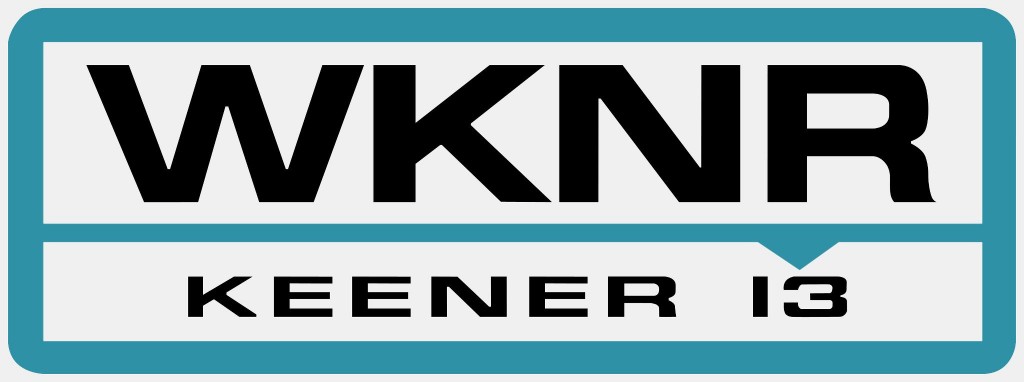
(Information and news source: Billboard; July 2, 1966)
![]()

